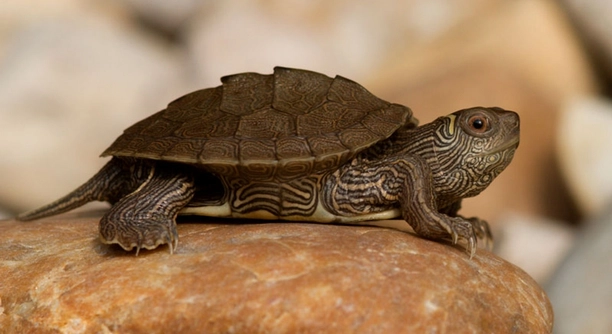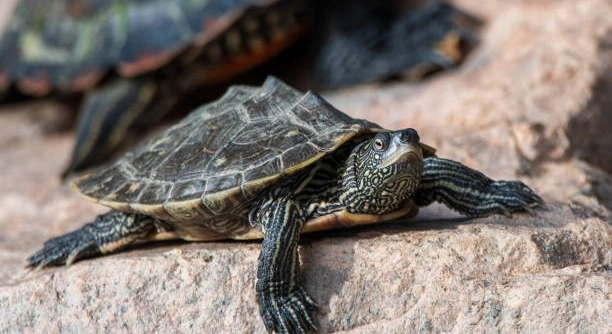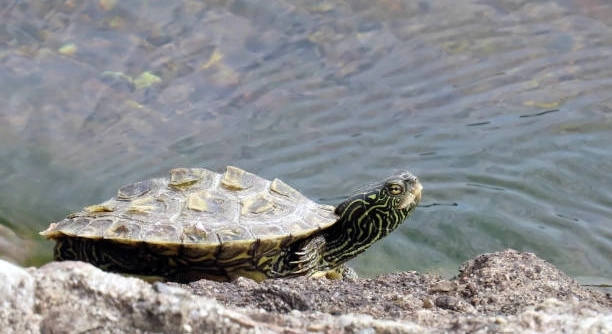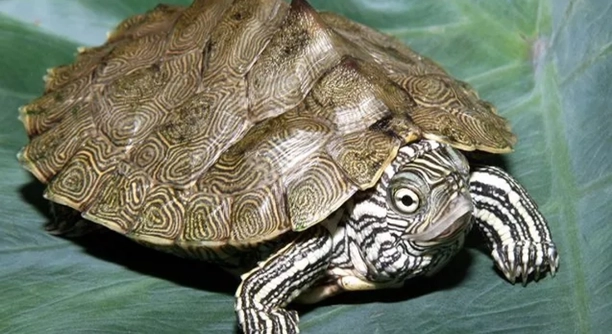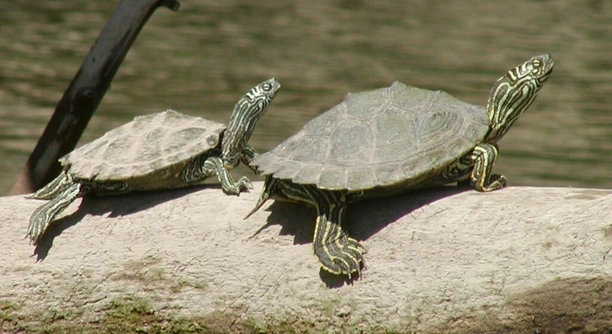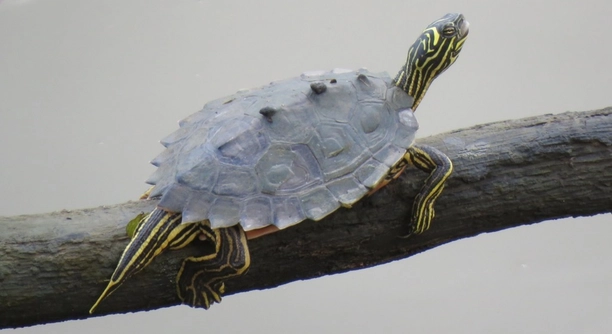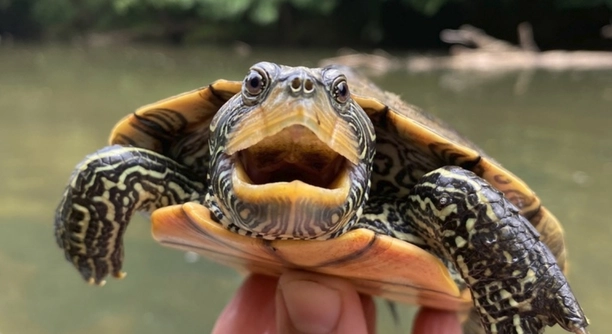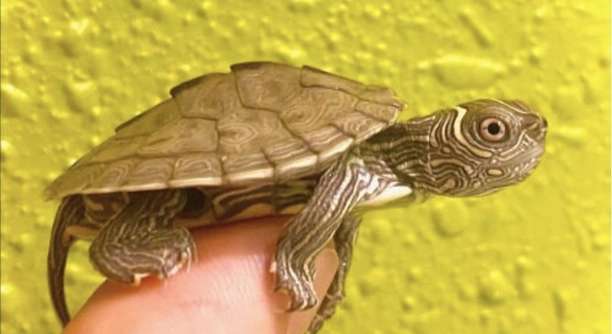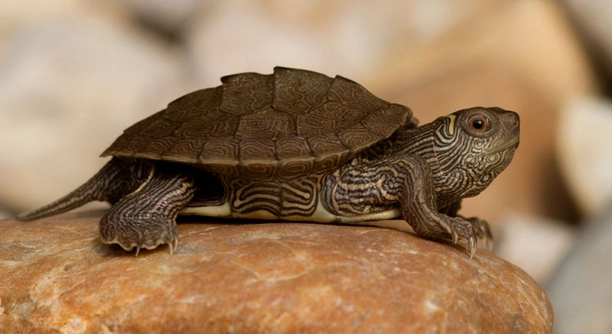How to Identify Deformed Map Turtle Hatchlings (+What to Do)
Map turtles are fascinating creatures, and when it comes to hatchlings, certain conditions may cause deformities. Understanding how to spot these issues early can help ensure their proper care and development. Identifying deformed map turtle hatchlings involves recognizing physical abnormalities such as uneven shells, misaligned limbs, or curved spines. These deformities can arise due to … Read more

